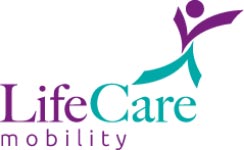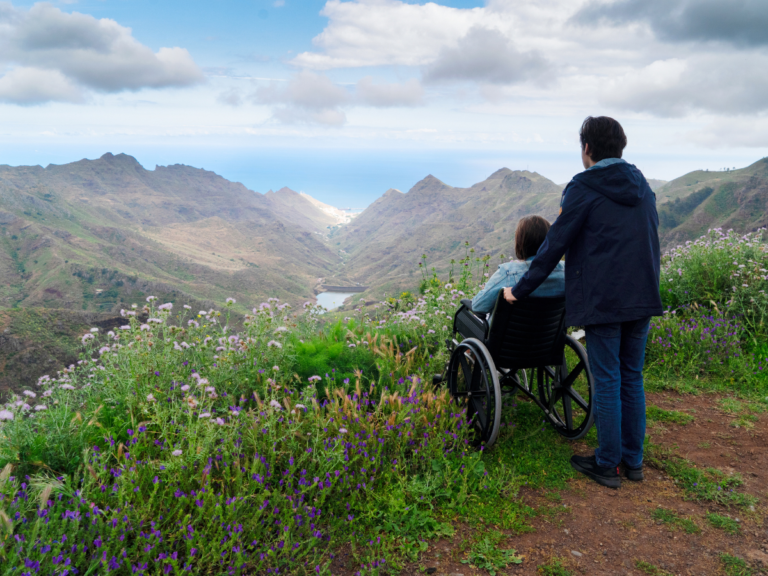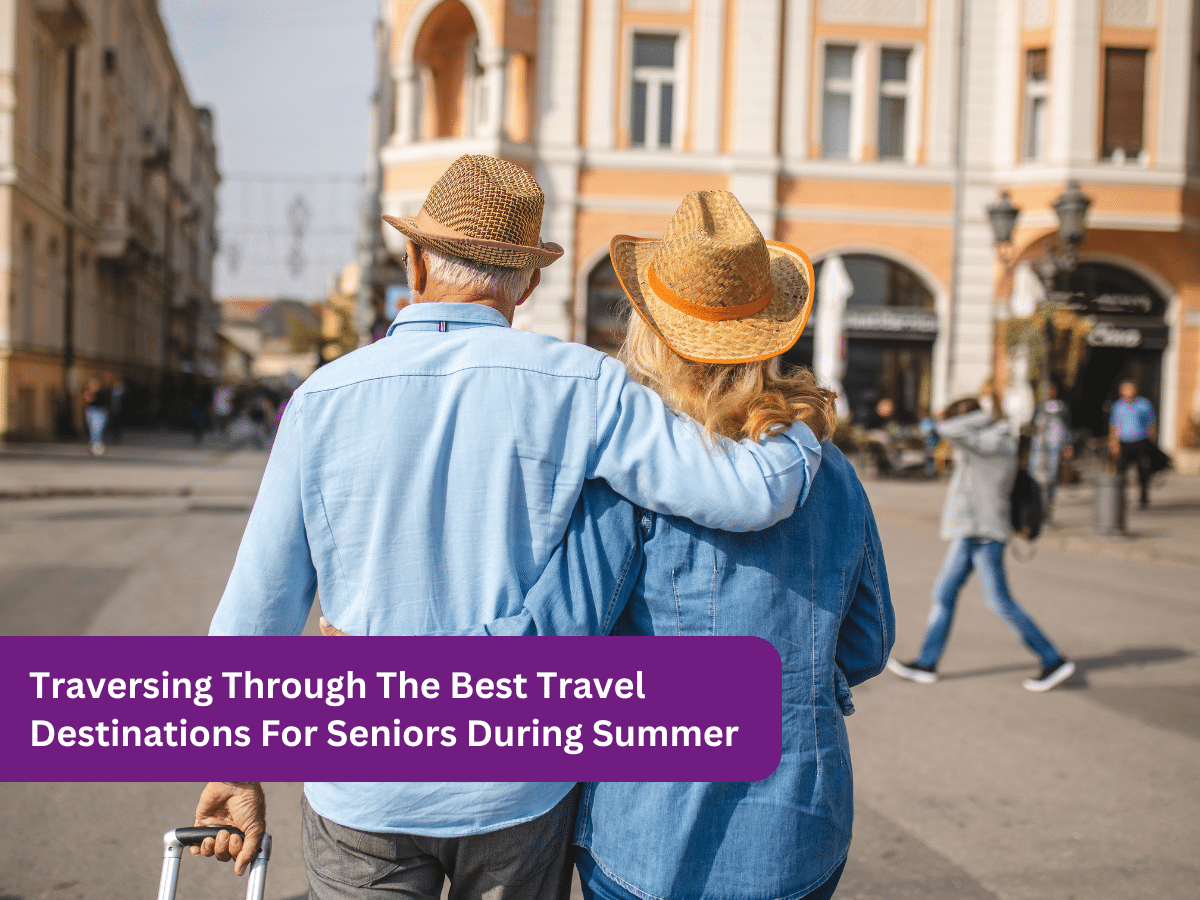Last month, Sophie Morgan of Condé Nast Traveler posted an article in celebration of “14 People Making Travel More Accessible in 2024”. In it, she highlighted the “systemic barriers and attitudinal hurdles” that are often encountered by individuals with mobility issues when they are travelling. We encourage you to give the article a read.
As we all know, vacationing is an enriching experience that allows us to explore new places, cultures and perspectives. However, for people with disabilities, travel can present unique challenges. LifeCare Mobility Solutions joins Morgan in celebrating trailblazers who are working toward more inclusive tourism experiences for all travellers. We’d like to take things further by discussing some ways to make travel more accessible for people with disabilities.
Consider the accessibility of the attractions you wish to visit.
Experienced world travellers love creating itineraries. It’s smart. Having a plan enables you to make the most out of your trips, taking in as many exciting sights and sounds as possible. Your itinerary should include more than just a list of the tourist attractions you want to check out. It should also detail all of the attractions’ wheelchair ramps, accessible pathways and audio guides for the visually impaired.
“You need to research by looking at the company website or calling ahead of time to ensure that you will be able to do everything you want to do without limitations,” advises Amanda Winstead of Australia’s Unsustainable Magazine. She stresses the need to inquire about wheelchair or ramp access; the width of doorways; even and level flooring; elevators; and accessible restrooms with large stalls, grab bars and non-slip tiles.
Make sure your accommodations have accessible facilities.
Will your hotel, cottage or bed and breakfast meet the specific needs of your travelling companion who has mobility issues? Get in touch with places where you might stay to see if they have accessible rooms. They should include features such as wider doorways, grab bars in bathrooms and accessible parking spaces.
Eva Lacalle of The Mews Blog writes that there are eight elements that accessible hotel rooms must include. Firstly, they should be spacious and clutter-free. They should also have automatic doors; adjustable beds; roll-in showers and bars; buzzers and lights (for the hearing impaired); and plugs. As well, the rooms should be set up for people with disabilities. Such guests should have the ability to remove items when necessary.
Confirm transportation accessibility.
For those with mobility issues, securing accessible transportation is a must. It’s vital to research airlines, trains, buses and other modes of transportation to learn about how they accommodate travellers with disabilities. Do they have wheelchair-accessible boarding ramps? Are there designated seating areas available? As well, it’s important to locate the elevators, ramps and accessible restrooms of the airports and train stations that are parts of the trip.
If your loved one requires a mobility device while travelling, you can’t go wrong with Travel Buggy. This revolutionary wheelchair is lightweight, easy to fold and can fit in the back of just about any vehicle. Travel Buggy is approved for air travel by CATSA, TSA (US) and various other security and aviation authorities.
To learn more about it, please don’t hesitate to call LifeCare Mobility Solutions at 416-267-9800 or email us at info@lifecaremobility.ca. You may also contact us by filling out the form on our Contact page!










